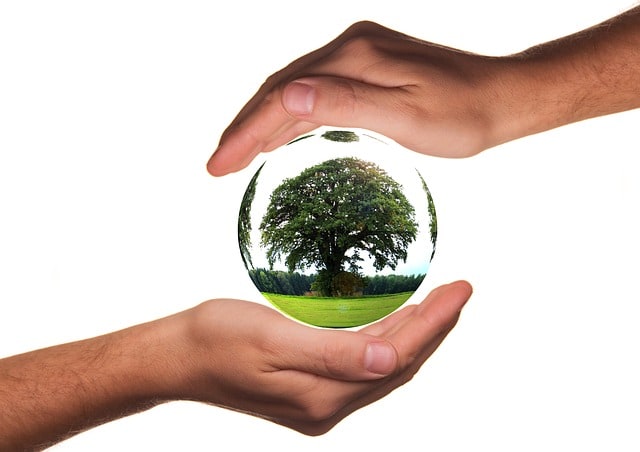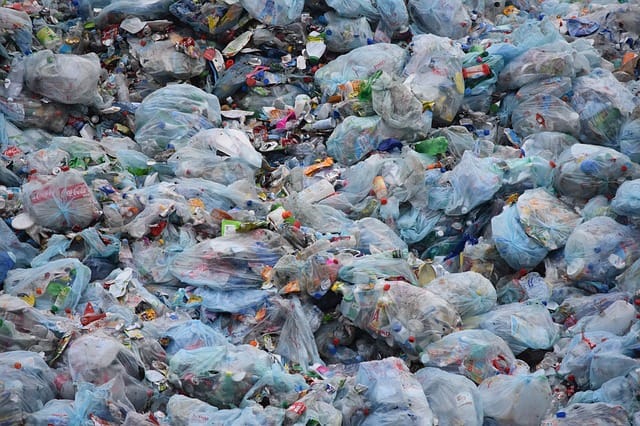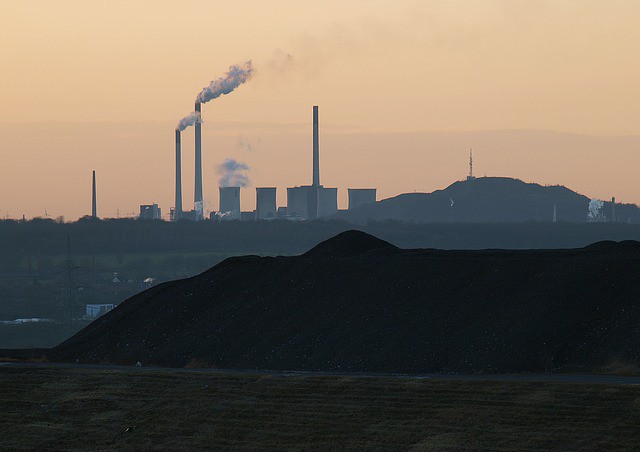Best Eco-friendly Building Materials

Discussing and acting on the topic of our planet running out of natural resources is one of the current top priorities regarding the whole world. If we all don’t start acting and living in a more eco-friendly way, we as a human nation are bound to experience certain problems in the very near future.
Because our lives and lives of our children are at stake, we should try and do our best to live in a more eco-friendly way. And to start with our place of living – our home, we can take a look at some of the best eco-friendly materials for building and reconstruct our home in the way it will use renewable and sustainable resources.
1. Bamboo
Bamboo is considered to be one of the most eco-friendly home construction materials as it grows quite quickly. On one hand, reforesting enables the growth of new trees but it takes a long time. On the other hand, bamboo can be reforested in shorter periods of time, when compared to some other trees such as pines and cedar.
Bamboo is a natural composite material with a high strength-to-weight ratio, which makes it useful for building different structures. Its strength is more compressive than the strong wood and concrete have and it matches the one of steel. It’s used both for walls and flooring.
2. Recycled steel
Recycled steel is one of the world’s most eco-friendly building materials. Producing steel takes up a lot of energy and some estimates show that six junked cars provide enough recycled steel to produce a 2000 square foot house. It means that when we recycle we save up to 75% of the energy costs needed for producing steel.
Wow, that’s a pretty good usage of steel that has already been in use. This kind of recycled material doesn’t require frequent replacement – and that’s what makes it so sustainable. It is a feasible option for roofing, structural supports and building façades and on top of all, it’s water and pest resistant.
3. Handmade bricks
Another popular and also stylish eco-friendly option is bricks made from completely natural and renewable resources. This special ‘green’ type of bricks is handmade, making them unique while at the same time visually appealing. This sustainability and the aesthetical appeal is something that can’t be achieved through mass production. Their usage is diverse, covering both walls and flooring.
If you search online for quality brick and stone suppliers, you’ll notice that these bricks come in many popular colors and patterns, convenient for everyone’s taste. You can also choose from many types of bricks such as brick tile and brick tile corner, linear brick tile, full brick or linear brick that are appropriate for your home and a specific place you have in mind as well as the effect you want to achieve.
4. Reclaimed wood
Obviously, some of the best green building materials include reclaimed wood. The environmental impact of using reclaimed wood is much lower than using new timber. Since wood has been of the most popular and common materials found in every home, there’s usually an abundance of it in our surroundings. The key is in knowing how to reuse it.
As a material, reclaimed wood can be used in the construction of the home, unique floors or exposed beams that are sure to add to the rustic and antique appeal of your home. However, as it is highly susceptible to insects and degradation, every reclaimed piece has to be thoroughly inspected and sanitized.
5. Cork
Similarly to bamboo, cork is also a fast-growing resource and that’s why it’s one of the eco-friendly house building materials. It is harvested from a living tree, which continues growing and reproducing cork (a tree bark). Cork as a building material is quite flexible and resilient, and these features make it a perfect eco-friendly option for flooring. Besides that, it also absorbs noise and shock.
Even if left uncoated, it is fire-resistant and if it somehow does get on fire it doesn’t release toxic gases, thus making it a perfect thermal insulator. Moreover, other plus sides include its feature not to absorb water or rot. However, in time, it does become brittle. Its downside is the fact that it is mainly found in the Mediterranean.
6. Recycled plastic
Recycled plastic is an innovation aiming to reuse and recycle all the plastic and trash. It is basically a concrete-like mass of ground-up recycled plastic and trash. This new method is convenient because it reduces greenhouse gas emissions and it provides a new, beneficial use of waste.
So, in a sense, this ‘green’ option cleans up our plastic-filled world. In order to recycle plastic, environmentalists use carbon-neutral, non-toxic manufacturing process to make the modules, which are 95% lower in greenhouse gas emissions compared to concrete blocks.
7. Straw bales
Straw bales are incredible insulators. They are usually placed in attics, walls and ceilings in order to keep the home cool in the hot periods of the year and hot in colder periods of the year, thus reducing energy spent on air-conditioning and heating devices. It is replanted easily and its environmental impact is minimal.
The sole process of making straw into bale is also low in environmental influence. Experts agree on the fact that straw bale is quite a convenient material in terms of the material itself and the energy it saves post-installation.
8. Sheep’s wool
Sheep’s wool is a material that also grows quickly. When the sheep finish shearing, they immediately start producing new wool. Wool as a material has been in usage for a long time. The clothing industry has long recognized the insulating features of wool and they transferred these to cozy and warm sweaters and socks.
The same feature that has been used in clothing items can also be applied to the walls, attic, and ceiling of our house. This kind of insulation is completely natural, eco-friendly and easy to install.
We need to start thinking about our planet and hence our future if we haven’t started already. We need to wake up and raise this awareness by making people realize what kind of danger we are in. If everybody becomes even a little eco-friendlier, it’s still a success.






